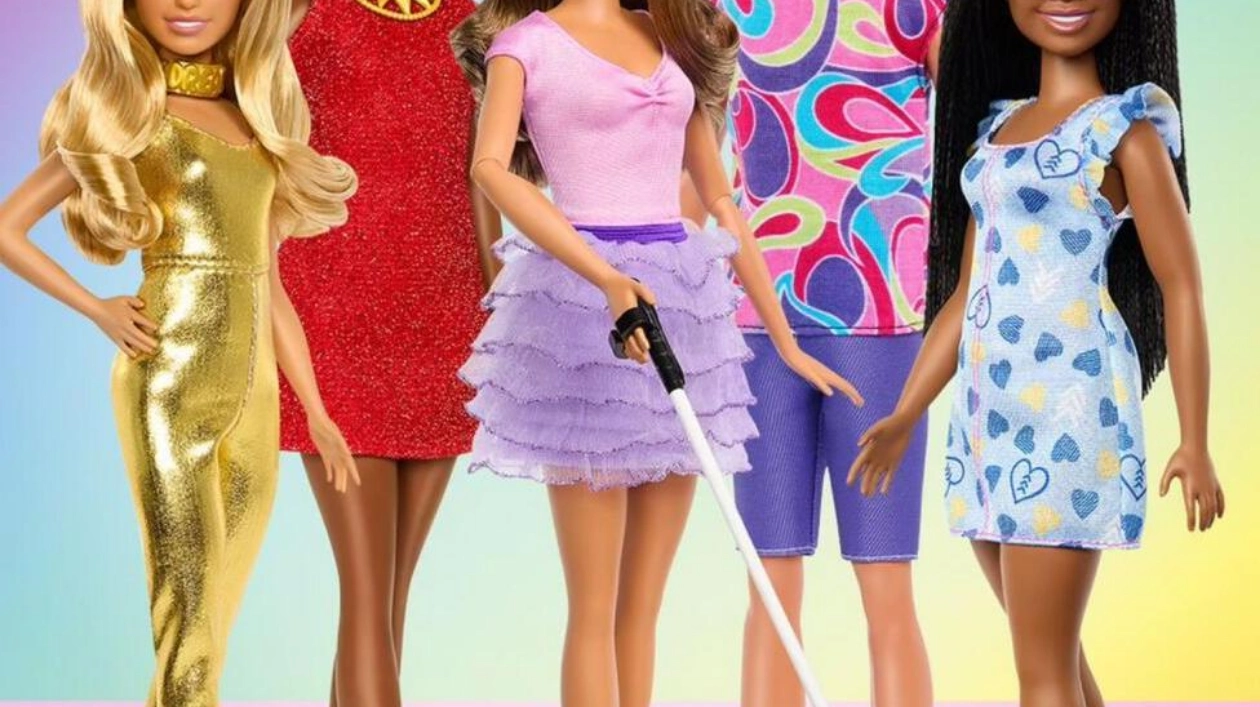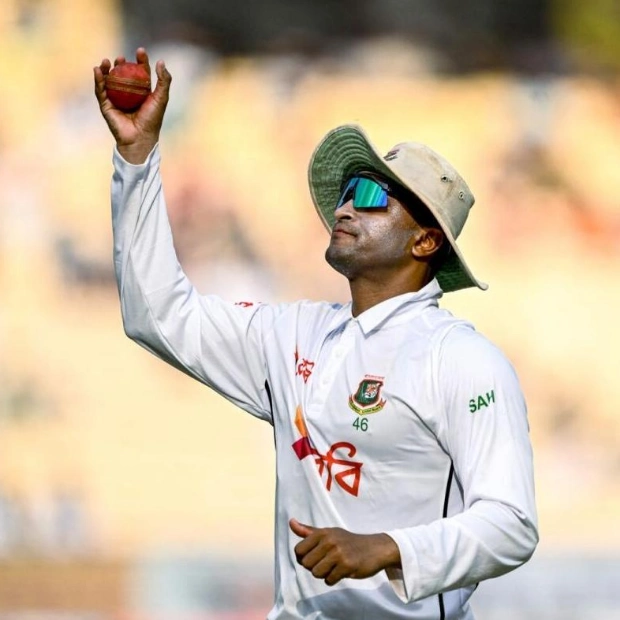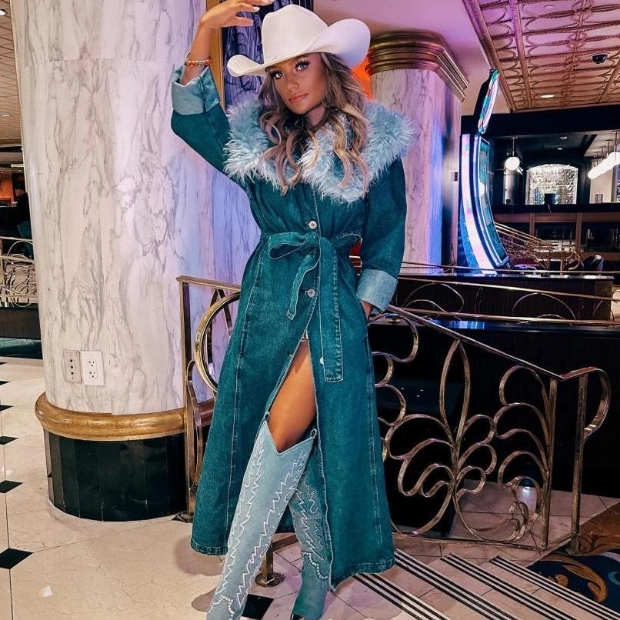Representation plays a crucial role in helping children understand that their individuality does not categorize them as inferior to others in any manner. The introduction of the first-ever blind Barbie marks a significant step. Barbie's manufacturer, Mattel, collaborated with the American Foundation for the Blind (AFB) in the US and the Royal National Institute of Blind People (RNIB) to ensure the doll's features accurately represent blindness, as reported by BBC.
The doll is meticulously detailed, from the cane she carries to her tactile clothing, enhancing the play experience for children with visual impairments. The new Barbie's eyes are designed to mimic the gaze of many blind individuals. Children will immediately notice a tactile difference, starting with the box, which features the word 'Barbie' in Braille, a system of raised dots used by blind people for reading.
BBC broadcaster and disability advocate Lucy Edwards expressed on BBC's channel that a blind Barbie holds immense significance for her. She recounted her teenage years feeling isolated after losing her sight and lacking role models who mirrored her experiences. She admitted to being embarrassed by her cane, but the presence of a Barbie with a cane would have profoundly impacted her perception, making her feel less alone and more accepting of her blindness.
This initiative to introduce a blind Barbie follows Mattel's release of a Barbie with Down Syndrome about a year ago, both aimed at promoting inclusivity.






